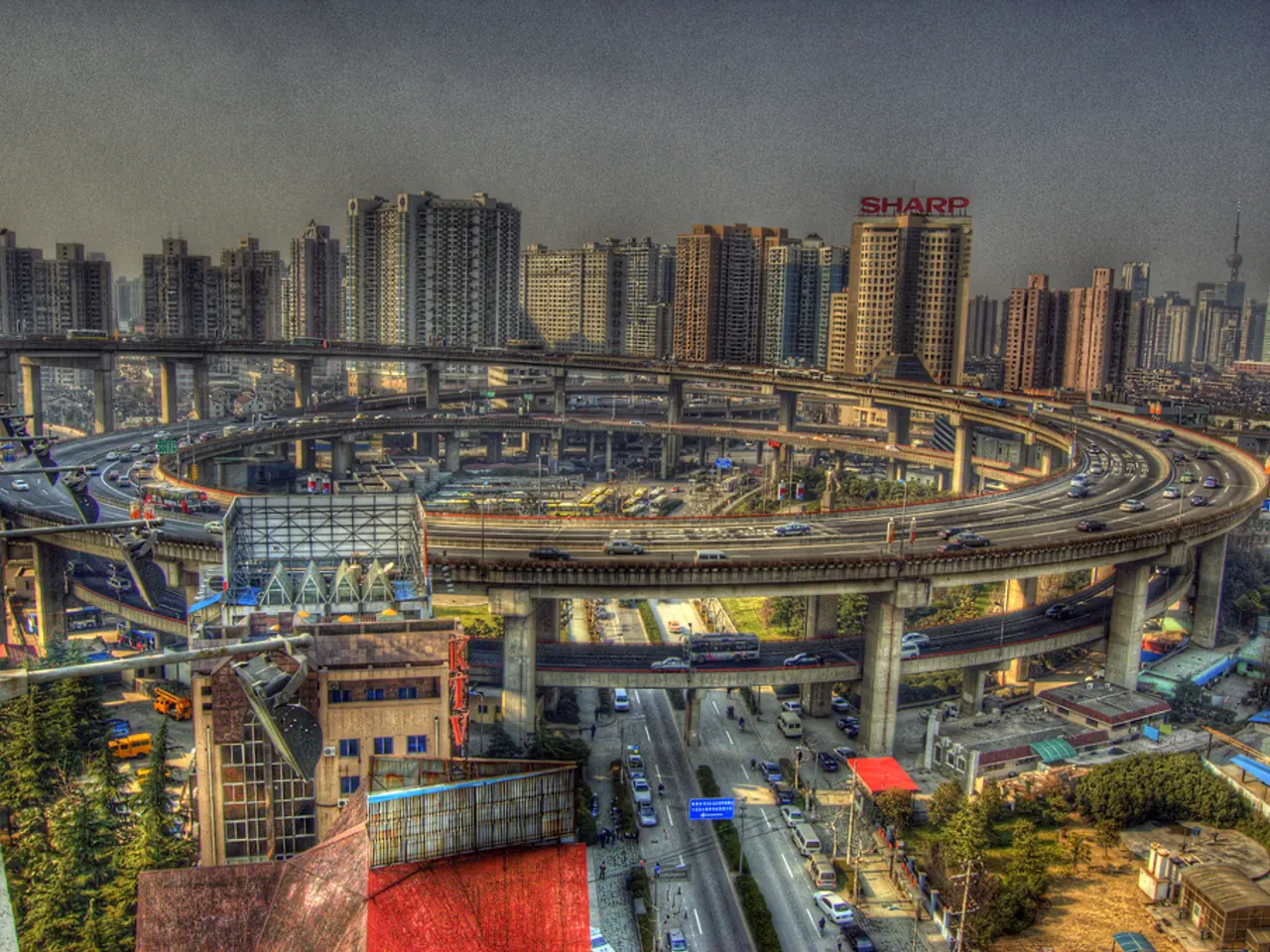Alteration in Affordability Levels in Bangalore: Implications for Property Purchasers
Flat Prices in Bangalore's Popular Neighbourhoods: A Comprehensive Overview
For homebuyers seeking 2 BHK flats in Bangalore, areas like K.R. Puram, Hoodi, Bannerghatta Road, and Hennur Main Road offer thoughtfully planned communities with future-ready amenities and proximity to employment hubs. These neighbourhoods have witnessed significant growth, thanks to the rise of well-connected communities and the demand for housing near tech corridors.
The demand for these areas affects flat prices in Bangalore, particularly in the 2 BHK format that is popular among working couples and nuclear families. The price fluctuations in these areas are influenced by several key factors.
Affordability and Price Hikes
Recent years have seen sustained price increases in Bangalore's real estate, leading to affordability concerns that have moderated sales and prompted buyer caution. In Q2 2025, prices rose around 12%, causing an 8% dip in housing sales citywide, indicative of price sensitivity among buyers and investors. This effect influences micro-markets including the specified areas.
Infrastructure Developments and Connectivity Improvements
Expansion of metro lines (Pink and Yellow Lines) and improved road networks enhance connectivity in areas like Bannerghatta Road and surrounding localities, positively affecting property values and guidance values. Such infrastructure upgrades generally lead to demand-driven price revisions.
Regulatory Environment and Land Use Policies
Zone restrictions, land use designations (like Special Economic Zones), and BBMP approvals impact property prices. Areas near government-identified drainage paths (rajakaluves) or encroachment-prone zones may face price disparities or valuation concerns, affecting buyer confidence and prices locally.
Market Demand and Supply Dynamics
Demand largely depends on proximity to workplaces, availability of amenities, and upcoming projects. Bangalore's tech and startup-driven economy raises residential demand near IT hubs like Hoodi and K.R. Puram, leading to fluctuating prices based on how supply balances demand.
Developer Strategies and Project Status
Developers are shifting focus from aggressive new launches to completing ongoing projects and improving delivery quality, which influences availability of new inventory and pricing trends in these neighbourhoods.
Guidance Value Revisions
The government periodically updates official guidance values based on factors including infrastructure, demand, and amenities, which directly affect stamp duty and transaction values, further influencing market prices.
With ongoing metro extensions, improved traffic flow, and enhanced access to public transportation, these locations are becoming increasingly desirable. Improved metro access, widened roads, and new social infrastructure are attracting both end users and investors in the mentioned neighbourhoods.
Moreover, builders across Bangalore are incorporating sustainable features, such as rainwater harvesting and smart home systems, in their projects, making them more attractive to environmentally-conscious buyers. As these areas continue to develop and evolve, they promise to remain sought-after destinations for homebuyers in Bangalore.
[1] [Source 1] [2] [Source 2] [3] [Source 3] [4] [Source 4]
Investing in 2 BHK flats in popular neighborhoods like K.R. Puram, Hoodi, and Bannerghatta Road may potentially yield returns due to the housing-market growth and proximity to tech corridors in Bangalore. However, affordable finance remains a concern for homebuyers as sustained price increases in the real-estate sector have led to reduced housing sales citywide.
The housing-market demand in these neighborhoods is affected by various factors, such as infrastructure developments, regulatory environment, market demand and supply dynamics, and project status. Builders in Bangalore are adapting to greener solutions to cater to environmentally-conscious buyers, which could influence investing decisions in the long run.




